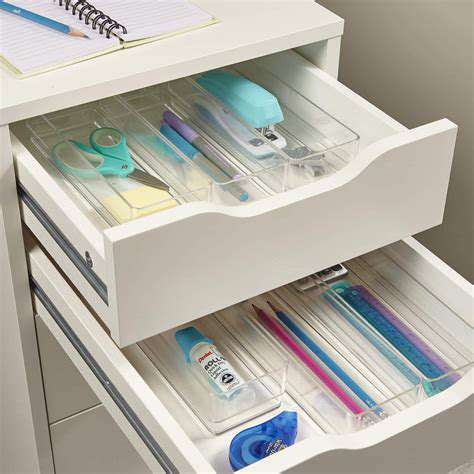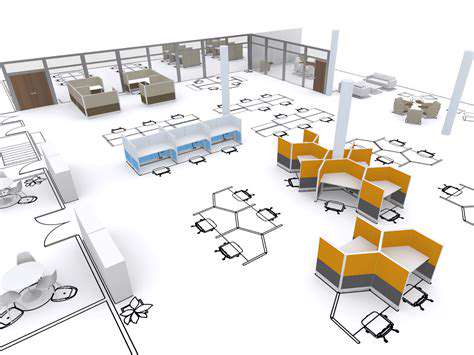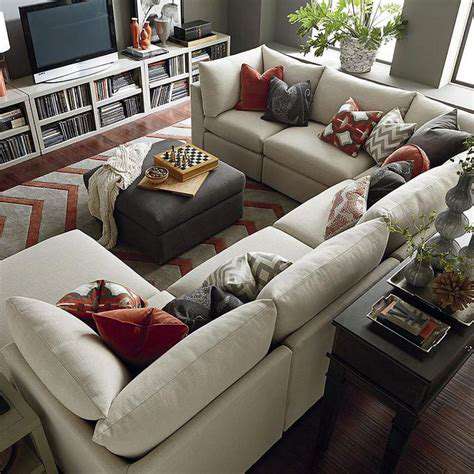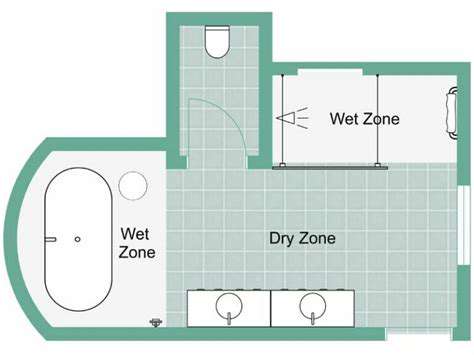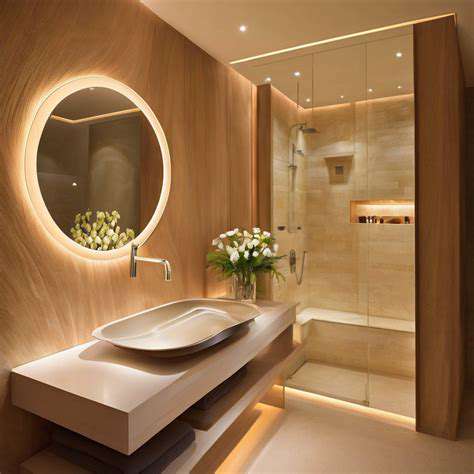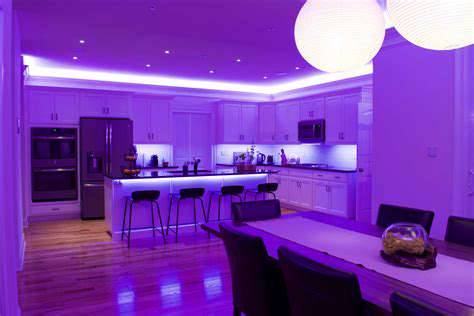How to Transform Your Kitchen into a Modern Culinary Space with Smart Storage
Utilizing Wall Space Effectively
Blank walls represent untapped storage potential. Magnetic knife strips, hanging pot racks, and mounted spice rails keep essentials accessible without cluttering counters. For galley kitchens or small spaces, vertical storage solutions compensate for limited square footage. This approach keeps cooking tools within arm's reach while maintaining clear workspaces for food preparation.
Incorporating Decorative Storage Solutions
Organization doesn't require sacrificing style. Woven baskets for produce, ceramic canisters for dry goods, and color-coordinated bins blend function with design. When storage solutions complement your kitchen's decor, maintenance becomes more enjoyable. This philosophy transforms organization from chore to design opportunity, creating spaces that are as lovely as they are efficient.
Streamlining Your Workflow with Smart Appliances and Counter Space
Optimizing Kitchen Design for Efficiency
Thoughtful kitchen layouts follow the natural rhythm of cooking. The classic work triangle—positioning fridge, stove, and sink in efficient proximity—minimizes unnecessary steps. Ample, uninterrupted counter space serves as the kitchen's command center, providing room for chopping, mixing, and plating. Task lighting positioned over key work zones ensures visibility for precise knife work and recipe reading.
Identify your most frequent kitchen activities. Frequent bakers might prioritize a dedicated kneading station with marble counters. Avid stir-fry chefs may value a permanent wok setup. Customizing your workspace to match your cooking habits eliminates friction in daily meal preparation.
The Power of Integrated Appliances
Built-in appliances create seamless workflows and uncluttered sightlines. Panel-ready dishwashers and refrigerators blend with cabinetry, while pop-up outlets disappear when not in use. This integration isn't just aesthetic—it liberates precious counter real estate for actual food prep rather than appliance parking. Many integrated models offer space-saving designs with full-size functionality.
Smart Technology for Effortless Control
Modern kitchens increasingly incorporate intelligent systems that anticipate needs. Ovens with internal cameras allow monitoring dishes from your phone, while refrigerators can suggest recipes based on their contents. These innovations prevent overcooked meals and last-minute grocery runs, making cooking more predictable and enjoyable.
Automation handles routine tasks efficiently. Programmable coffee makers can have your brew ready at wake-up time, while smart dishwashers run during off-peak energy hours. Remote control capabilities mean you can preheat the oven during your commute or check fridge contents while shopping, eliminating guesswork from kitchen management.
Maximizing Counter Space and Storage
Clear counters signify an efficient kitchen. Pop-up mixer stands, recessed knife blocks, and under-cabinet racks stow essentials without hogging workspace. Durable, nonporous countertop materials like quartz resist stains and simplify cleanup. The fewer items competing for counter space, the more enjoyable cooking becomes—especially when preparing multi-dish meals.
The Importance of Ergonomics in Kitchen Design
Custom-height counters prevent back strain during prolonged prep sessions. Standard 36-inch counters may not suit all users—taller individuals might benefit from 38- or 40-inch work surfaces. Proper ergonomics reduces fatigue, allowing longer comfortable periods of cooking and cleaning. Even small adjustments, like positioning microwave at eye level rather than above the range, can dramatically improve daily usability.
The Impact of Efficient Storage Solutions
Well-planned storage acts as a silent kitchen assistant. Deep drawers with peg systems accommodate pots and lids vertically, while shallow upper cabinets keep lightweight items accessible. When storage aligns with how you actually use your kitchen, everything flows more smoothly. Frequent-use items deserve prime real estate near prep areas, while seasonal appliances can occupy harder-to-reach spaces.


